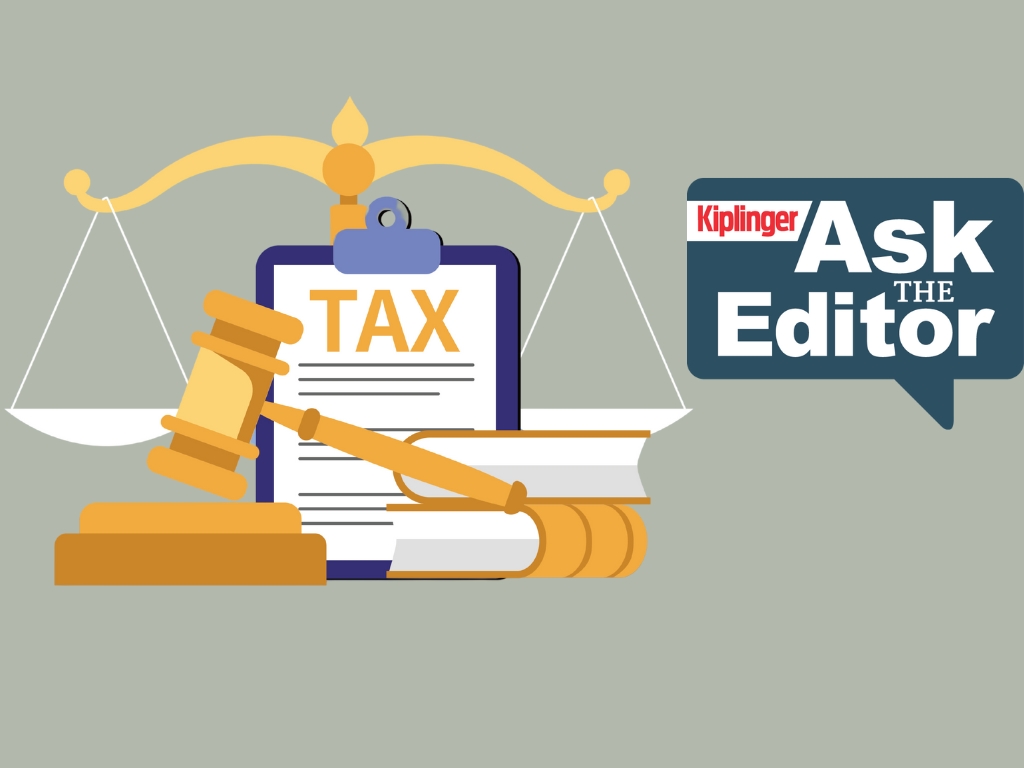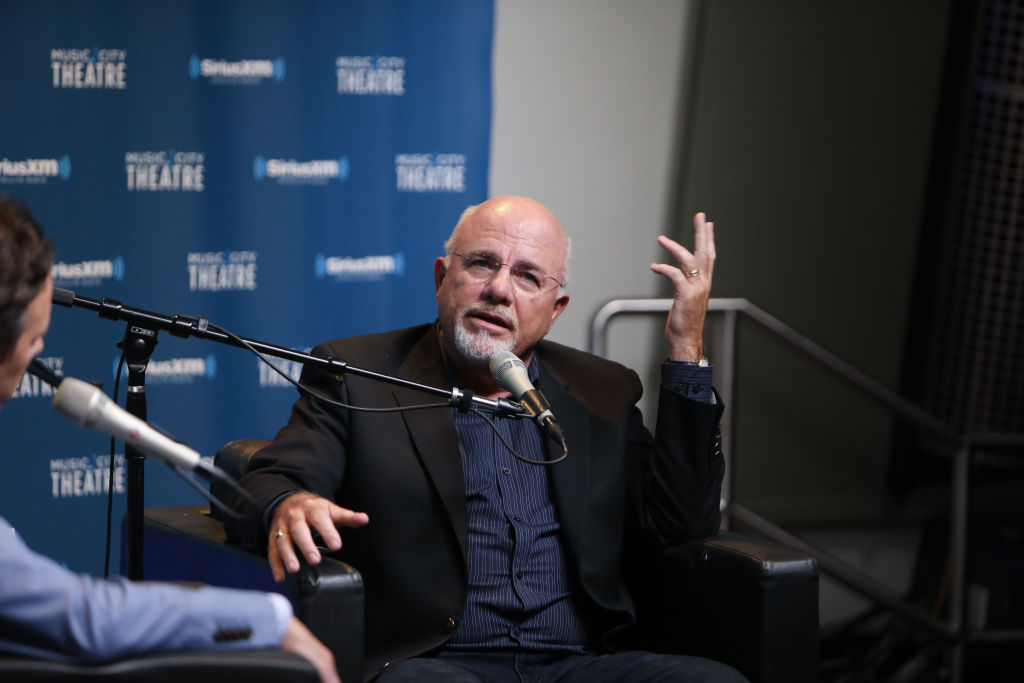Savings Calculator: If You Saved $5,000 Five Years Ago, Here's What You'd Have Now
Our savings calculator can show you just how much your money will grow over time.

Using our savings calculator can help you quickly determine how much your money will grow over time. If you invested either $1,000, $5,000 or even $10,000 in a high-earning account several years ago, you could be several thousand dollars richer today.
Whether you’ve just opened one of the best CD accounts or opted for a high-yield savings account with an impressive APY, a savings calculator can easily show you just how much cash you’ll have after a specified period of time, depending on your account APY and any regular monthly contributions you make.
Savings rates have held steady following the Fed declining to cut rates at their March meeting. It means now marks an excellent time to secure a rate that outpaces inflation.
Savings calculator
You can use our savings calculator below to determine how much you'll save depending on several factors — APY, time period, initial deposit and monthly contributions.
To use the calculator, start by inputting the amount of cash you're starting with, or the initial deposit. From there, add in the amount you plan on contributing to the account as a monthly deposit.
After this, you'll then be able to choose from a number of savings accounts with varying APYs. Select a period of time over which your investment will grow, and our calculator will do the work for you, calculating your potential savings.
1. If you saved $1,000 over five years, you'd have...
Keep in mind that savings rates might drop later this year, so you'll want to lock in a great rate sooner than later. Here is how much you can earn if you invested $1,000 for five years:
APY | Total Interest Earned | Total Balance |
|---|---|---|
4.50% | $246.18 | $1,246.18 |
4.00% | $216.65 | $1,216.65 |
3.50% | $187.69 | $1,187.69 |
3.00% | $159.27 | $1,159.27 |
2. If you boost your $1,000 savings pot by $50 each month, you'd have...
If you make regular monthly contributions, you can see the interest stack up, it's the beauty of compounding. Contributing just an extra $50 a month can make a big difference after several years.
If you were to invest $1,000 in one of the top-earning high-yield savings accounts and then save an additional $50 every month for five years (an additional $3,000 in total), here's how much you'd have at the end (not considering rate fluctuations.
APY | Total Interest Earned | Total Balance |
|---|---|---|
4.50% | $595.77 | $4,595.77 |
4.00% | $525.60 | $4,525.60 |
3.50% | $456.46 | $4,456.46 |
3.00% | $388.32 | $4,388.32 |
3. If you saved $5,000 over five years, you'd have...
Of course, if you increased the amount you saved from $1,000 to $5,000, you'd earn significantly more in interest after five years:
APY | Total Interest Earned | Total Balance |
|---|---|---|
4.50% | $1,230.91 | $6,230.91 |
4.00% | $1,083.26 | $6,083.26 |
3.50% | $938.43 | $5,938.43 |
3.00% | $796.37 | $5,796.37 |
4. If you saved $11,000 over five years...
If you were to save an additional $100 each month ($6,000 in additional contributions) over five years, here's how much you'd have at the end (not taking into account any fluctuations in rates and inflation:
APY | Total Interest Earned | Total Balance |
|---|---|---|
4.50% | $1,930.09 | $12,930.09 |
4.00% | $1,701.17 | $12,701.17 |
3.50% | $1,475.98 | $12,475.98 |
3.00% | $1,254.47 | $12,254.47 |
How much should you save each month?
How much you should save each month depends on your specific financial situation, but a general rule of thumb is to put aside three to six months’ salary or living expenses in an emergency fund.
Another general rule that can help you prioritize savings is the 60-30-10 budget rule, in which you’ll budget 60% of your monthly income toward necessities, 30% toward wants and 10% towards savings or paying down debts.
If you need help on budgeting, budgeting apps are excellent tools to use. They compile all your financial accounts in one place to help you see where your money is going, and to ensure you're on course to reach your savings goals.
How to choose a savings account
Choosing a savings account depends on your personal financial goals. Here's what to consider.
Certificate of Deposit (CD): A certificate of deposit, or CD, is a type of savings account that holds a fixed amount of money for a fixed period of time. Typical term lengths for CDs range anywhere from three months to five years, so it’s not somewhere you’d store cash you need easy access to. Instead, it’s a good place to save cash you’re holding onto for a particular savings goal. For example, you may plan on purchasing a vehicle or making a down payment on a home in two years and are looking for a no-risk way to grow these savings.
Savings account: On the other hand, savings accounts are better suited for cash you’ll want easy access to, like emergency fund savings. If you want to maximize these savings, consider opening a high-yield account. High-yield savings accounts are the same as traditional savings accounts, but they pay a higher-than-average APY on deposits.
Money market account: Money market accounts give you quicker access to your cash while still allowing you to earn a healthy return on your investment. Some of these accounts come with check-writing privileges, giving you the opportunity to have access to cash when you need it.
Balance and deposit requirements: Some accounts have minimum balance and/or deposit requirements. If you fail to meet these, you could incur a fee.
Safety: Be sure to check whether a savings account is FDIC or NCUA insured to keep your savings safe.
Compare some of the best savings accounts below.
Related Content
Profit and prosper with the best of Kiplinger's advice on investing, taxes, retirement, personal finance and much more. Delivered daily. Enter your email in the box and click Sign Me Up.

Erin pairs personal experience with research and is passionate about sharing personal finance advice with others. Previously, she was a freelancer focusing on the credit card side of finance, but has branched out since then to cover other aspects of personal finance. Erin is well-versed in traditional media with reporting, interviewing and research, as well as using graphic design and video and audio storytelling to share with her readers.
-
 Ask the Editor — Tax Questions on the New Senior Deduction
Ask the Editor — Tax Questions on the New Senior DeductionAsk the Editor In this week's Ask the Editor Q&A, we answer tax questions from readers on the new $6,000 deduction for taxpayers 65 and older.
-
 These Summer 2025 Back-to-School Tax-Free Weekends Start Now
These Summer 2025 Back-to-School Tax-Free Weekends Start NowSales Tax Over a dozen states offer back-to-school shoppers a sales tax holiday this summer.
-
 Do You Need Flood Insurance? I'm an Insurance Expert, and Here's Where You Can Get It
Do You Need Flood Insurance? I'm an Insurance Expert, and Here's Where You Can Get ItStandard homeowners insurance does not cover flood damage, so you might need separate flood insurance, which you can get either through FEMA or private companies. Here are the details.
-
 I'm an Investment Professional: These Are the Three Money Tips I'm Giving My College Grad
I'm an Investment Professional: These Are the Three Money Tips I'm Giving My College GradCollege grads can help set themselves up for financial independence by focusing on emergency savings, opting into a 401(k) at work (if it's offered) and disciplined, long-term investing.
-
 3 Things Dave Ramsey Says to Stop Buying — and 2 That Are Worth It
3 Things Dave Ramsey Says to Stop Buying — and 2 That Are Worth ItDebt-free living starts with smart choices. Here's what Ramsey says to avoid and where your money is well spent.
-
 Five Big Beautiful Bill Changes and How Wealthy Retirees Can Benefit
Five Big Beautiful Bill Changes and How Wealthy Retirees Can BenefitHere's how wealthy retirees can plan for the changes in the new tax legislation, including what it means for tax rates, the SALT cap, charitable giving, estate taxes and other deductions and credits.
-
 This is the Best CD to Get Amid Rate Uncertainty
This is the Best CD to Get Amid Rate UncertaintyThis CD helps you earn more than 4%, with quick access to your cash if you need it.
-
 Is It Time to Cut the Cord on Your Landline?
Is It Time to Cut the Cord on Your Landline?With rising costs and evolving technology, many are rethinking their home phone service. Here's how to decide if it's time to let go.
-
 Can AI Help With Your Finances?
Can AI Help With Your Finances?ChatGPT and other artificial-intelligence tools will streamline certain tasks, but don't count on them to get everything right.
-
 Neglecting Car Maintenance Could Cost You More Than a Repair, Especially in the Summer
Neglecting Car Maintenance Could Cost You More Than a Repair, Especially in the SummerWorn, underinflated tires and other degraded car parts can fail in extreme heat, causing accidents. If your employer is ignoring needed repairs on company cars, there's something employees can do.
